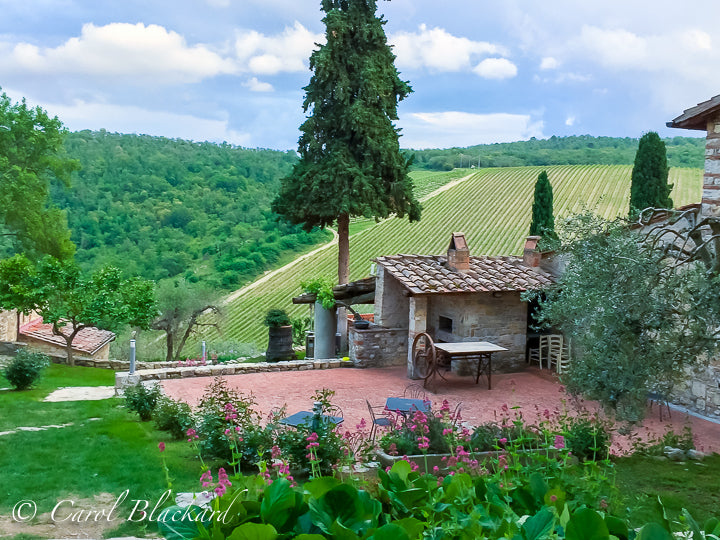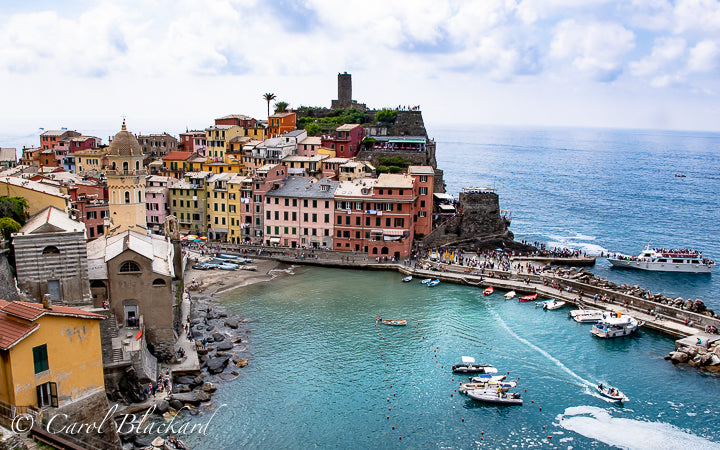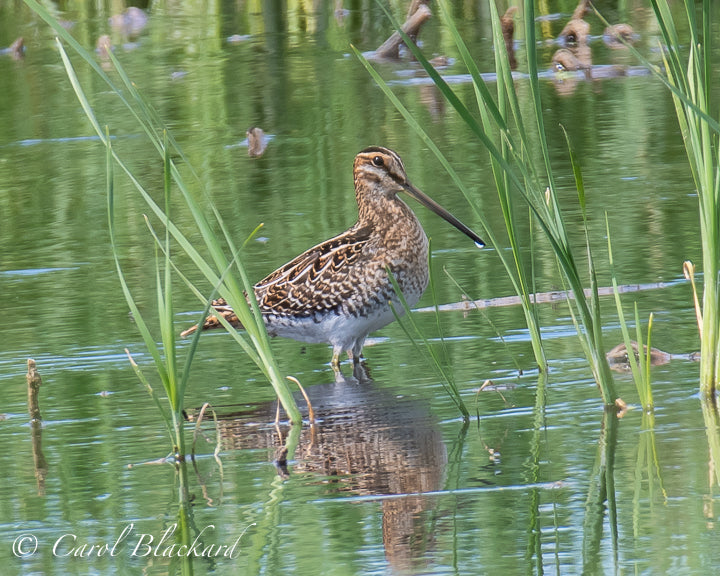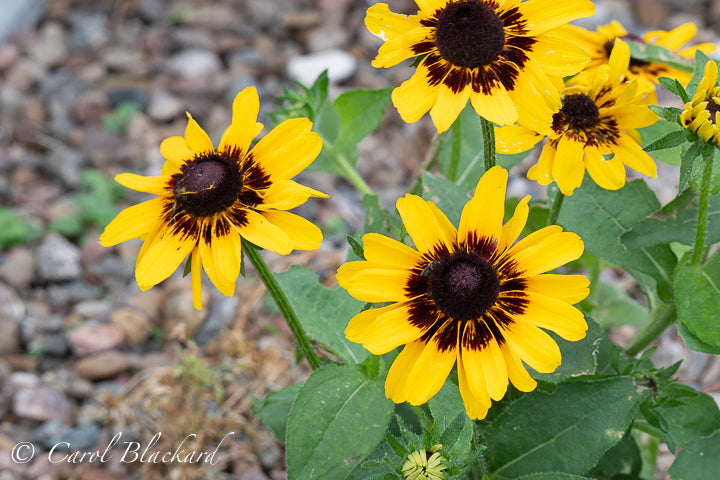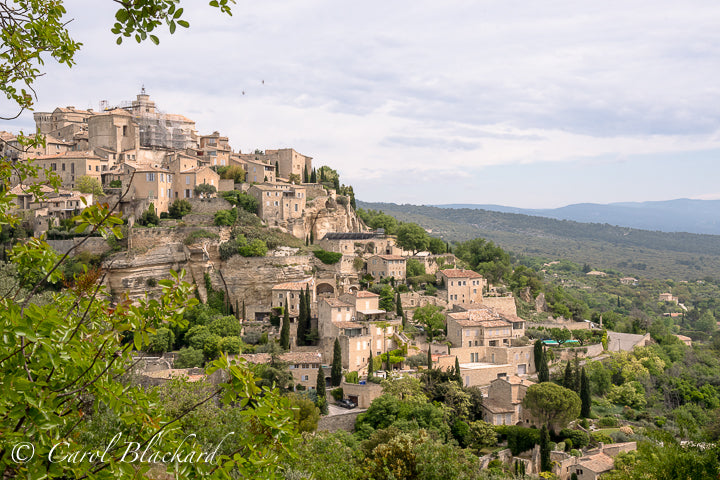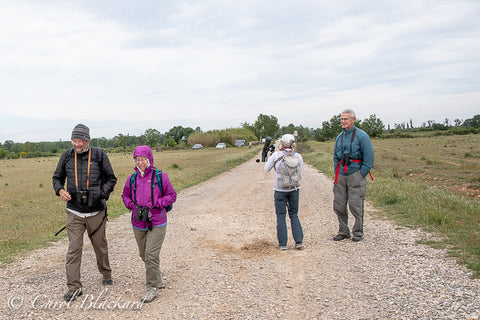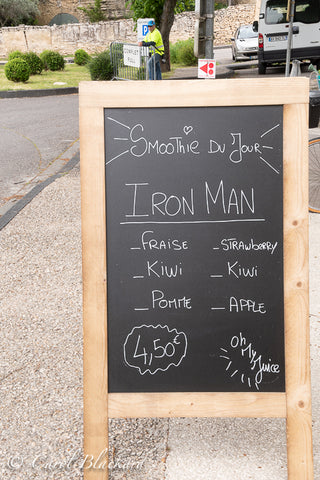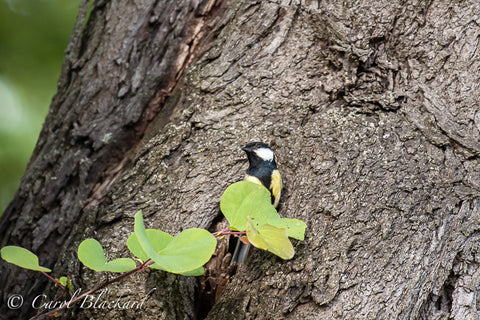From Monterosso we took the lovely train ride along the
Mediterranean coast to Pisa.

Along the way we noted that the station pillars were made of marble.

After picking up our rental car, and exchanging it out for a smaller one (wise move), we visited the Piazza dei Miracoli. This is the impressive Duomo di Pisa and the Torre behind.

Yes, it's leaning.


There is always military security at the ancient treasures. Here you can see the jeep, and the soldiers are armed and nearby.

Battistero di San Giovanni.

Then we drove from Pisa to our agriturismo which we highly recommend to anyone going to Tuscany. I give you Querceto di Castellina.



This doorway leads to our two-bedroom apartment, the Riccio.

Fully-equipped kitchen.

Single bedroom.

Bathroom.

King bedroom.

Wine on the terrace.


It's a wonderful functioning organic winery. See the vineyards.

This is the tasting room.

Filippo will give you a fantastic tasting experience free if you stay here.

Gorgeous tree behind our apartment.

Looking out over Chianti.

Another apartment entrance behind ours.

The vineyard owner's family lives here.

Part of the owner's property.

Vineyards need to be on slopes so water drains away from the roots.

The next day we went out birding and visiting the countryside with Marco Valtriani, a guide we highly recommend. He lives in Arezzo, about 2 hours away.
He was kind enough to pick us up and drive us all over the place in Chianti and Crete Senesi.

He found us a few birds. This is a Serin.


This is a real Turtle Dove. We don't have them in the US.

The always-beautiful European Bee-eater.
Did you know they nest in holes in the ground?

Chianti has been a wine-growing region since the Etruscans were here. The Romans put them to work supplying wine to the empire.

It's an arid, rocky area. We were there in May, cactus-blooming time.

It is a wide-open agricultural area broken up only by the farm homes or ancient security villages which are ALWAYS on a hill.




Absolutely amazing was our visit to Murlo in Fiore (Murlo in Bloom). It is a small circular wall of medieval stone buildings built to protect inhabitants of the region when a battle was on, which was often. They were effective protections, but the people who came in for refuge here were often under siege from enemies.
This is the entry arch.


Etruscans lived here in the 2nd-9th Centuries. Below is the church where a bishop served. It is now an archeological museum.

This is where the bishop lived, next to the church in the middle of the circle of protective walls.

This may have been a well, centrally located. Obviously, a source of water within the walls was essential during times of siege.

Murlo is still inhabited and is kept looking beautiful and spotless.


We three were the ONLY souls within these walls when we were there. Everyone must have been at work somewhere. NO TOURISTS.

Perhaps another well.



Well, we did meet up with these patient souls.



Cutest town ever.

Even the larger towns in the area are beautiful. We had lunch in
Vescovado nearby. The picture below may or may not be Vescovado.


Another lovely working winery. No tourists.
They were happy to let us look around.

Wine barrels can be stainless steel.

or oak.


This is one of the many ancient olive oil urns that we saw on every farm.



Terracing has been an important skill for centuries.


I remember the WW I disaster that took so many lives and settled nothing.
Poppies have overtaken the bloody battlefields of World War I and in 1915 they inspired Canadian Lt. Colonel John McCrae to write the poem "In Flanders Field."

Many wear a single poppy to remember that war and its losses.
The day of this posting is the eleventh hour of the eleventh day of the eleventh month 1918 when the guns finally fell silent. One hundred years ago today.


We were able to roam about several farms. I found Scott.

I found this nook behind the house.


Vegetable garden.

Crete Senesi is named after its clay soil. It is just south of Chianti and has an entirely different agriculture. Wine can't grow here, but grains and other crops do, and sheep-raising is important here.


A little church in a little town.

Sheep farming and cheese making. Pecorino cheese is made from sheep milk a little further south than the cow cheeses from the northern regions of Italy.

This sheep dog is retired and not threatening...but be careful of the ones at work guarding their flocks. They are serious about their work and can be dangerous to trespassers.


The land was covered with trees when the Etruscans arrived from the Middle East, but by the 7th Century was almost completely cleared for agricultural pursuits. These are fields of grains.

The next day we visited San Gimignano, a large fortress city. It was built in a same style and for the same reasons as Murlo, but came to its peak a bit later, in the 12th and 13th Centuries. It is full of tourists, but the scale of it is impressive and is worth the visit.









Towers were important reconnaisance tools and church bells no doubt important early-warning signals when armies approached. San Gimignano sports 15 towers now and at one time had 72.


This is a functioning city...people live and work here.

Here is the old central well...or one of them at least.


Eats at San Gimignano.

Italian style was impressive. Shoes must fill their closets.

No time to check out this Da Vinci museum...one of many in Italy.











Statue nooks.

Then was Siena...a magnificent hilly jumble of buildings and narrow streets where getting lost is just what you do there. These street signs don't really help much and maps of the city are hopelessly useless.


Find the magic escalator...yes, there is a HUGE one near the parking lot, but hidden, of course. Then follows these ladies.

They are probably headed this way. Although there are more than ten cathedrals in Siena, this is the most famous, the Cattedrale di Santa Maria Assunta, built in the 13th century (very gothic). Within its doors and in the spaces surrounding are multiple artistic treasures by Bernini, Donatello, Michelangelo, and Pinturicchio. It must be stunning in there, but we just didn't have time to pay and go in.

There are statues of multiple prophets and patriarchs on the facade.


There is also a prominent statue of Romulus and Remus, twin brothers raised by a she-wolf, of course, who are the main characters in the Roman myth about the founding of Rome.


This is the Piazza del Campo, a huge square dedicated to public celebrations, including the famous horse race, the Palio, that takes place here twice a year.





Peaking in an archway, I saw some pretty good mountain bikes which would be needed to ride this city,

and outside the plaque which refers to a University of Economics you can attend there. Wouldn't that be a kick?
 z
z
Wandering about in the rain,

we found the Basilica di San Francesco.




Then made our way to one of the exits in the city wall.

Tomorrow we will be sad to leave our lovely Chianti agriturismo, but eager to drive to Florence.
See you there.

